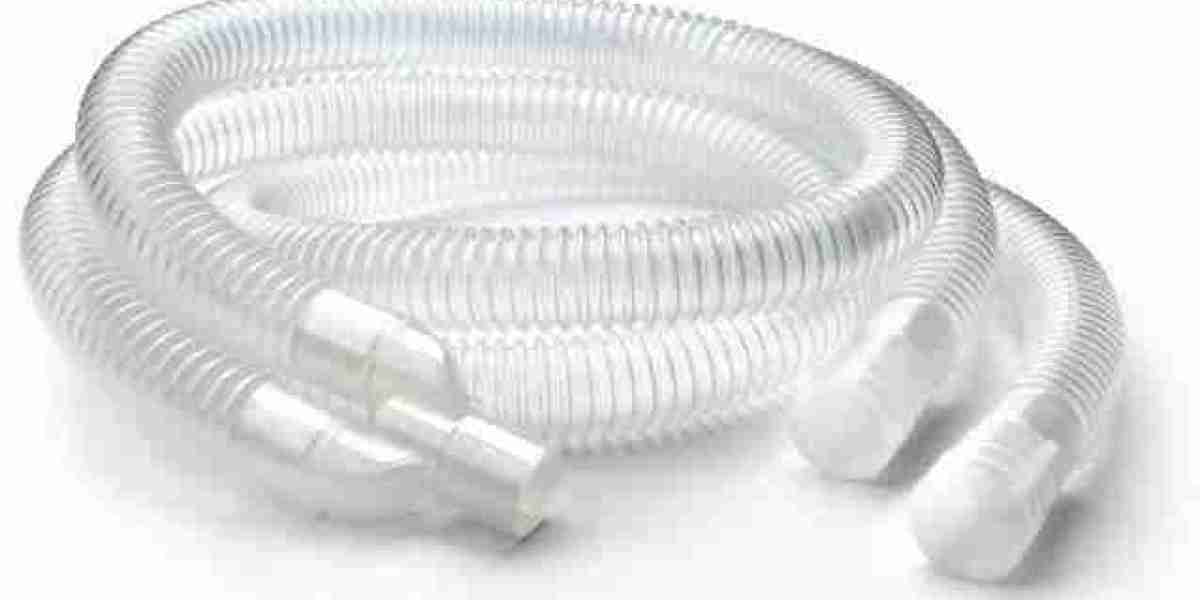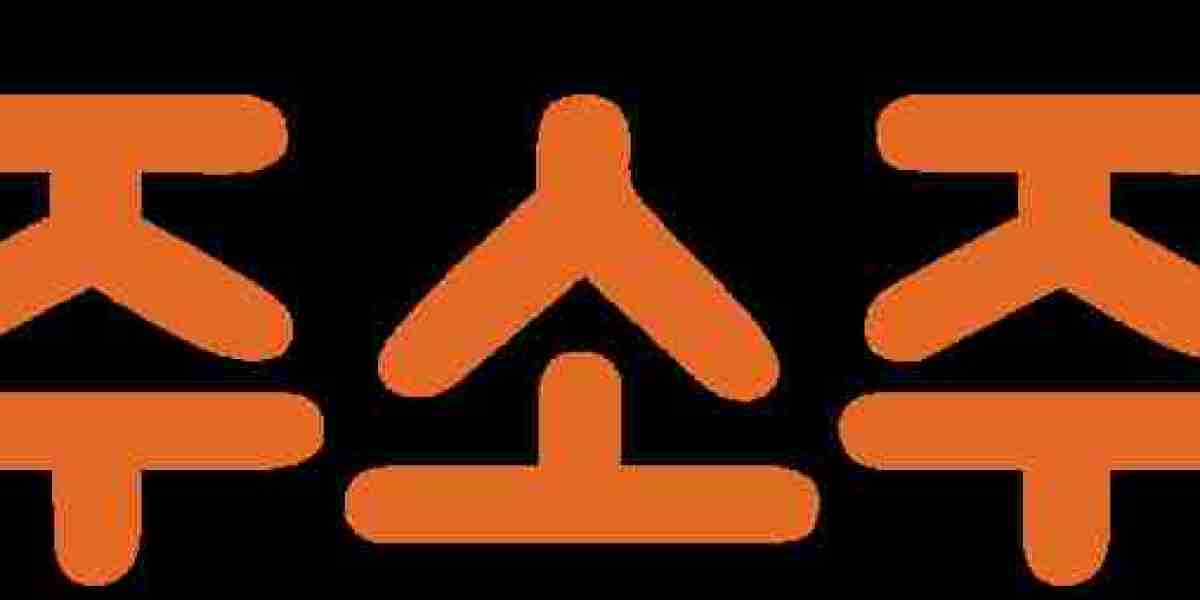As personalized medicine gains traction in healthcare, the demand for customized medical devices—including breathing circuits—has grown considerably. In response, the Breathing Circuit Market is witnessing a significant transformation, moving from standard, one-size-fits-all solutions to patient-specific and intelligent circuit systems that improve care quality and clinical outcomes.
This article explores how customization and smart technology are reshaping the Breathing Circuit Market, examining the key innovations, demand drivers, and challenges that come with developing next-generation respiratory circuits.
The Shift Toward Customization in Respiratory Care
Customization in breathing circuits is driven by the growing recognition that patients of different ages, medical conditions, and environments require tailored respiratory solutions. Some of the specific groups benefitting from customized circuits include:
Neonatal and pediatric patients, who need smaller, lightweight circuits with reduced dead space
Elderly and chronically ill patients, who benefit from enhanced humidification and pressure control
Patients with complex conditions, requiring integrated sensors or multi-lumen circuits
Homecare users, seeking easy-to-handle, quiet, and flexible circuit setups
By adapting circuit components—such as tubing length, connectors, filters, valves, and humidification elements—manufacturers can offer solutions tailored to patient anatomy, diagnosis, and care setting.
Components of Patient-Specific Breathing Circuits
Customized breathing circuits often incorporate:
Variable tubing sizes and lengths for pediatric, adult, and bariatric patients
Different material types such as silicone for flexibility or latex-free materials for allergy-sensitive users
Integrated humidifiers or moisture exchangers to prevent airway dryness
Circuit kits customized for specific procedures (e.g., anesthesia vs. ICU ventilation)
Connector adaptors to fit various ventilator models or oxygen sources
Hospitals can now order circuit kits designed to match their common use-cases, reducing waste and optimizing workflow.
Rise of Smart Circuits in the Breathing Circuit Market
Smart breathing circuits incorporate embedded technologies that enable real-time monitoring, data transmission, and feedback. These circuits enhance therapy precision and support clinical decision-making.
Key Features of Smart Breathing Circuits:
Integrated Sensors
Measure pressure, flow rate, temperature, humidity, and CO₂ levels directly within the circuit.Wireless Data Transmission
Enables communication with ventilators, monitors, and cloud-based health platforms for remote or automated monitoring.Alarm and Alert Systems
Detect occlusions, leaks, or disconnections and immediately notify caregivers.Self-Adjusting Elements
Circuits equipped with AI-based algorithms may adjust parameters like airflow resistance or humidification in response to patient needs.Disposable Smart Chips
Single-use chips embedded into circuits track usage time, performance metrics, and sterilization compatibility.
These advancements not only improve patient safety but also reduce the cognitive load on healthcare workers.
Benefits of Customization and Smart Integration
Enhanced Patient Comfort and Safety: Circuits that fit better and deliver more accurate therapy lead to better outcomes.
Reduced Complications: Custom sizing and humidity control help prevent ventilator-associated complications.
Operational Efficiency: Fewer adjustments and alarms reduce caregiver workload.
Data-Driven Decisions: Real-time data from smart circuits allow clinicians to tailor interventions dynamically.
Homecare Enablement: Customizable and connected circuits are ideal for remote monitoring in home settings.
Market Drivers for Customized and Smart Circuits
Rise in chronic respiratory conditions (e.g., asthma, COPD)
Expansion of homecare and telehealth services
Pediatric and neonatal ICU investments
Focus on personalized, precision medicine
Technology convergence in medical devices
These drivers push hospitals and homecare providers to adopt solutions that are both tailored and intelligent.
Challenges to Adoption
Despite the clear benefits, several challenges remain:
Higher Costs: Customized and smart circuits cost more than standard options, posing affordability issues in price-sensitive markets.
Complex Manufacturing: Personalization demands flexible production processes and just-in-time assembly lines.
Integration Compatibility: Smart circuits must be compatible with a wide range of ventilators and monitoring systems.
Data Privacy and Security: Circuits transmitting patient data must comply with HIPAA and other privacy regulations.
Training Requirements: Caregivers must be trained to use and interpret data from smart devices accurately.
Industry Response and Innovation
Leading manufacturers in the Breathing Circuit Market are already investing in this trend:
Fisher & Paykel Healthcare offers neonatal-specific circuits with integrated humidification.
Medtronic is developing circuits designed for seamless integration with its advanced ventilators.
Ambu A/S and Teleflex are exploring sensor-based circuit solutions for ICU and emergency care.
Startups are entering the market with modular, AI-powered circuit kits for hospital and home use.
Additionally, partnerships between medtech firms and digital health platforms are accelerating the development of fully connected respiratory ecosystems.
The Future Outlook
As patient-specific medicine becomes mainstream, the Breathing Circuit Market will continue to evolve toward more sophisticated, personalized, and connected solutions. Future trends include:
3D-printed circuit components based on patient anatomy
Blockchain-based traceability for smart circuits
Subscription models for customized homecare circuit kits
AI-integrated respiratory care platforms for predictive analysis
Conclusion
Customization and smart technology are reshaping the future of the Breathing Circuit Market, unlocking higher standards of care across hospital and home environments. Patient-specific breathing circuits not only improve comfort and outcomes but also align with global healthcare trends toward personalization and data-driven medicine. Manufacturers who embrace these innovations and address the associated challenges will be well-positioned to lead in a rapidly evolving respiratory care landscape.




